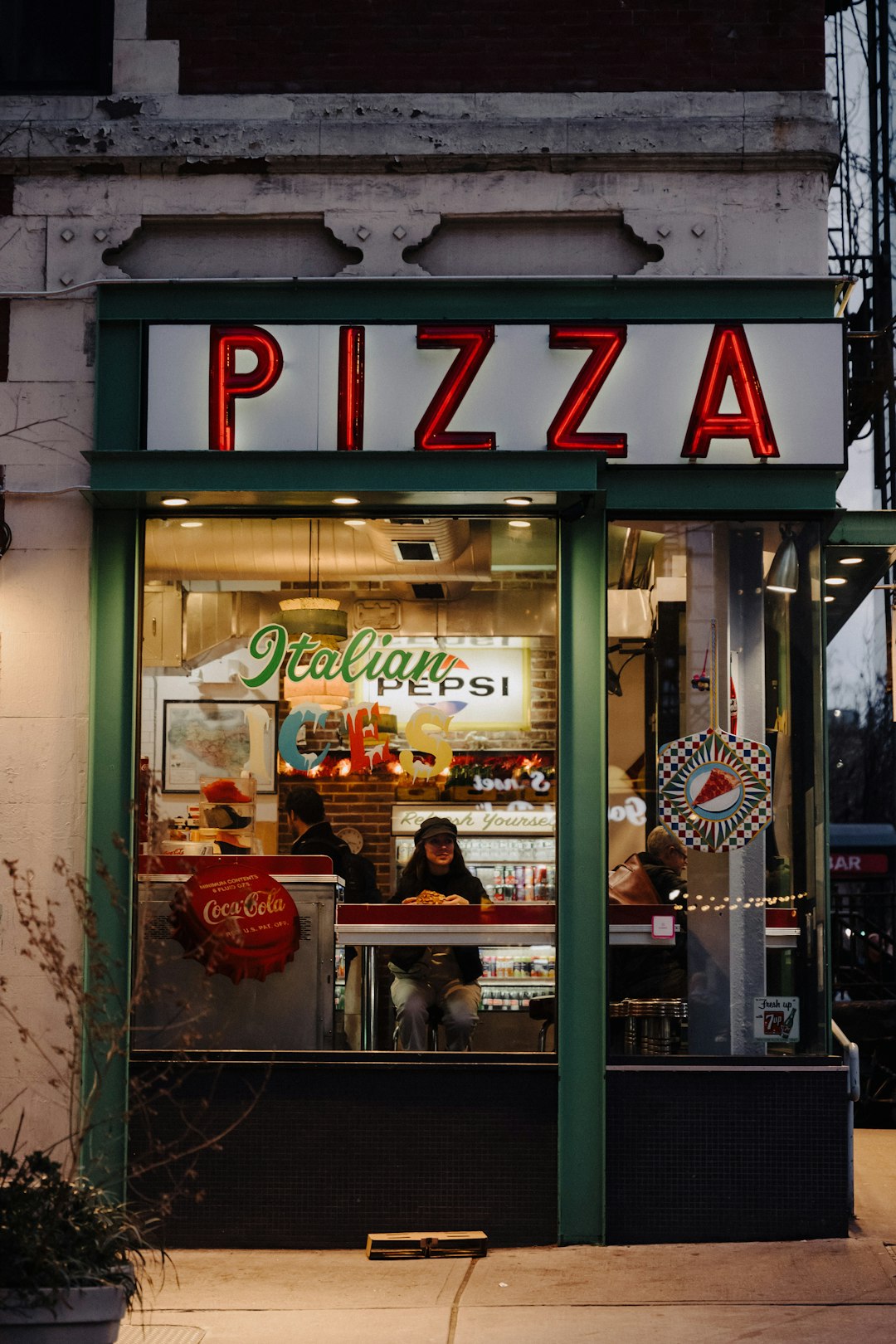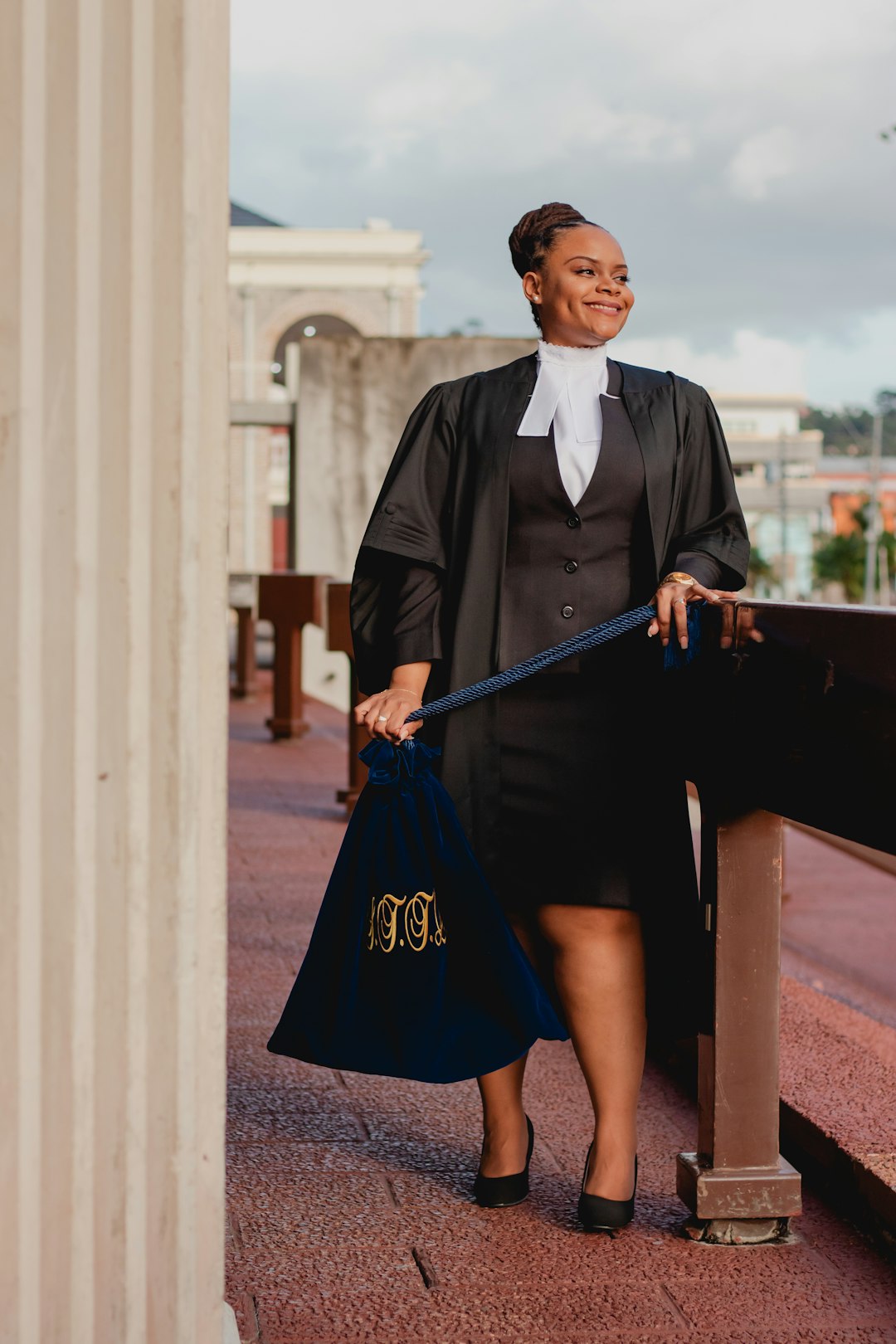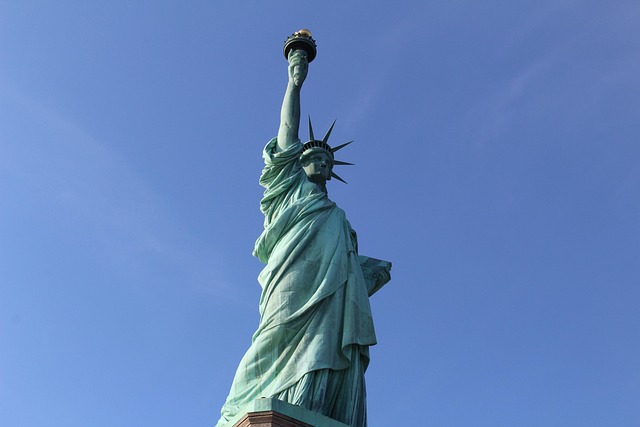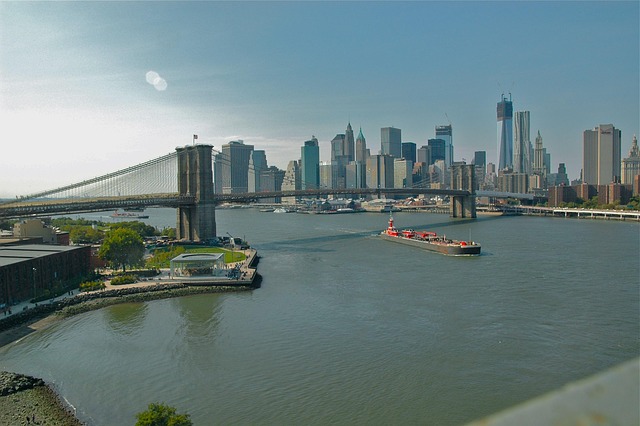Child abuse in densely populated cities like NY requires a nuanced approach addressing systemic factors and urban challenges. Culturally sensitive programs tailored to diverse communities have proven effective. NY's legal framework involves the Social Services Law, Criminal Code, and specialized courts, with continuous training and multilingual resources needed. Uncovering political abuse demands meticulous examination of power dynamics and robust legal strategies. Despite successes, critics argue for comprehensive support services alongside stringent legal action. A holistic approach combining legal deterrence, public education, and integrated support services is crucial for effective prevention in NY and nationwide.
Child abuse in the political arena is a pressing issue, particularly within densely populated cities like New York (NY). As a bustling metropolis, NY serves as a microcosm for societal challenges, including legal complexities surrounding child protection. This article delves into the intricate web of legal implications pertaining to child abuse cases within the city’s political landscape. We explore how laws and policies interact with real-life scenarios, offering valuable insights into strategies that can strengthen protections for vulnerable children. By examining these intricacies, we aim to equip stakeholders—from policymakers to advocates—with knowledge essential for navigating this complex domain.
Understanding Child Abuse in NY's Political Context
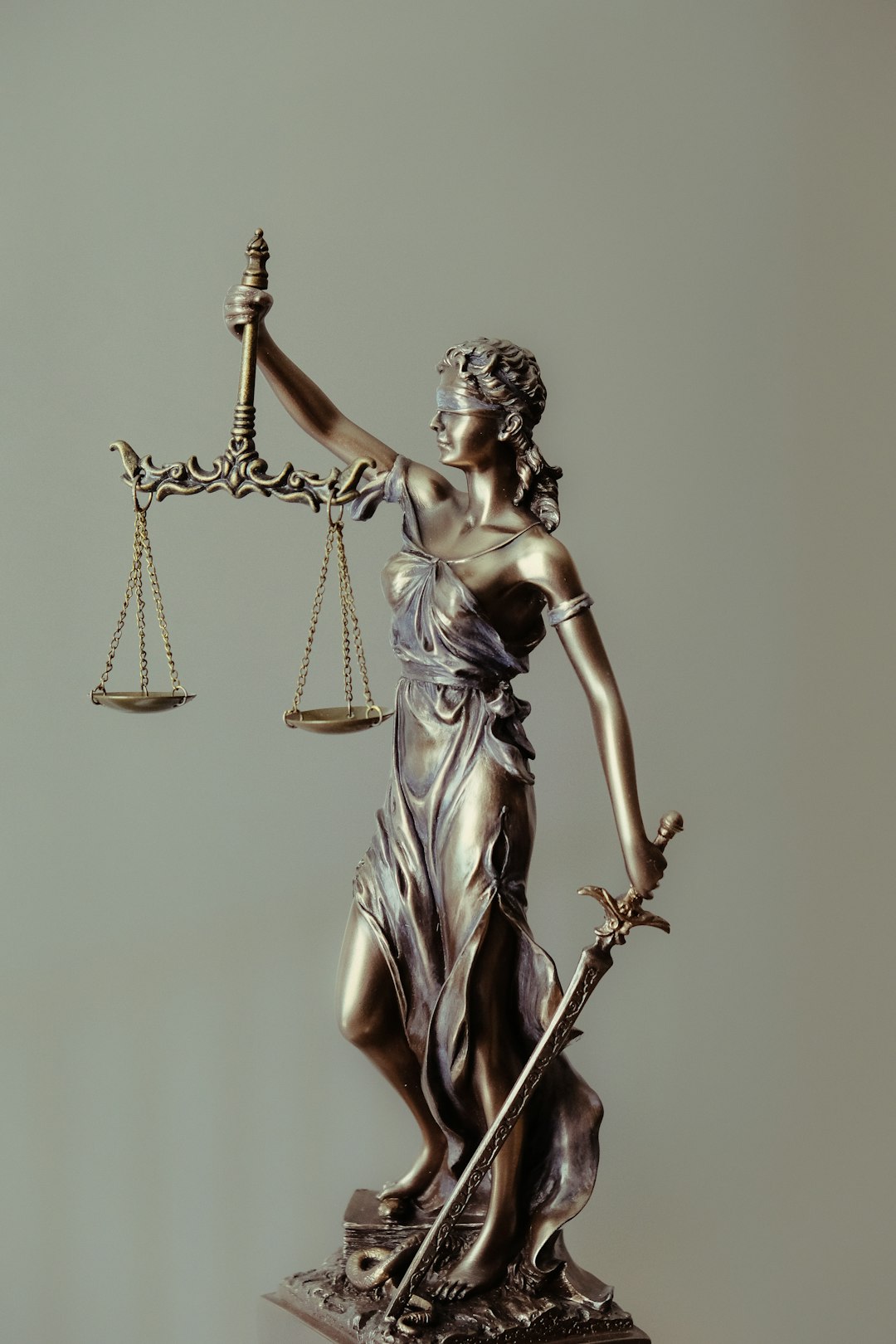
Child abuse, a pervasive issue worldwide, takes on distinct nuances within the political arena, particularly in densely populated cities like New York (NY). Understanding child abuse in this specific context requires a nuanced approach that accounts for systemic factors and the unique challenges inherent to urban environments. NY’s political landscape is characterized by intense competition, rapid policy changes, and diverse community dynamics, all of which can impact how child abuse is identified, reported, and addressed.
One key consideration is the city’s vast population and subsequent heterogeneity. With over eight million residents, NY encompasses a wide range of socio-economic backgrounds, cultural norms, and languages. This diversity can both complicate and enrich efforts to combat child abuse. While it presents challenges in reaching and assisting at-risk populations, it also offers opportunities for tailored interventions and increased community engagement. For instance, culturally sensitive programs that incorporate local traditions and languages have proven effective in building trust and encouraging reporting within communities of color, a demographic disproportionately affected by child abuse in NY.
Moreover, the political context plays a pivotal role in shaping legal implications related to child abuse. NY state laws, including those concerning reporting obligations, protective services, and penalties for offenders, are continually evolving in response to emerging research and advocacy. This dynamic nature underscores the importance of staying abreast of legislative changes among stakeholders, from law enforcement and social workers to policymakers and community leaders. Active involvement in policy debates, informed by empirical data and expert insights, can help ensure that laws effectively protect vulnerable children while considering the unique needs and complexities of NY’s diverse communities.
Legal Frameworks: Protecting Children in NYC

New York City, a global hub of politics and power, faces unique challenges when it comes to protecting its youngest citizens from abuse. The legal frameworks designed to safeguard children in NY are intricate and multifaceted, reflecting the city’s complex social fabric. These laws not only address physical harm but also encompass emotional and psychological trauma, recognizing that child abuse can take various forms. For instance, NY State’s Social Services Law outlines comprehensive guidelines for reporting suspected cases of abuse, ensuring that citizens and professionals alike have a clear path to intervene and protect vulnerable children.
The legal landscape in NY offers robust mechanisms for prosecution and prevention. The city’s Criminal Code provides stringent penalties for perpetrators, with sentences tailored to the severity of the crime. Additionally, specialized courts dedicated to family matters enable efficient handling of child abuse cases, ensuring that justice is swift and fair. A notable example is the Family Court in NYC, which handles a high volume of such cases annually, demonstrating its critical role in protecting children and holding abusers accountable. These legal structures are further bolstered by non-profit organizations and government agencies that provide support services, counseling, and education programs aimed at both victims and potential perpetrators.
Despite these measures, challenges persist. Ensuring consistent application of the law across diverse neighborhoods is an ongoing task. Legal experts emphasize the need for continuous training and awareness among professionals who interact with children daily. Furthermore, cultural barriers and language differences can complicate reporting and prosecution processes, underscoring the importance of culturally sensitive approaches and multilingual resources. To address these issues, NY’s legal community advocates for regular reviews of existing laws and policies, incorporating best practices from around the world to create a more resilient framework for child protection. This ongoing evolution ensures that NY remains committed to safeguarding its most vulnerable residents.
Uncovering Instances of Political Abuse

Uncovering instances of political abuse involving children in New York City (NYC) requires a meticulous examination of power dynamics within the political arena. The legal implications are significant, with potential consequences for public officials and institutions alike. NYC, as a bustling metropolis, has seen its fair share of high-profile cases that highlight the complexity of these issues. For instance, recent investigations have uncovered instances where politicians have exploited their positions to protect or facilitate abuse within child welfare systems, leading to severe legal repercussions.
Expert analysts suggest that navigating these complex cases demands a nuanced understanding of both the law and the unique challenges faced by at-risk children in NYC. Legal strategies often involve meticulous document reviews, witness interviews, and a deep dive into relevant policies. For instance, a successful prosecution in 2022 involved the examination of internal memos and records, revealing a pattern of neglect and cover-up within a prominent political family’s charity, which had allegedly facilitated abuse at one of its foster care facilities.
Practical insights from legal professionals emphasize the importance of proactive measures. This includes enhancing transparency in political funding, implementing robust child protection policies, and ensuring independent oversight. By strengthening these safeguards, NYC can deter potential abusers and create a more secure environment for vulnerable children. Moreover, community engagement and education play pivotal roles in recognizing and reporting suspected cases of political abuse, fostering a culture of accountability.
Enforcement and Consequences: Holding Offenders Accountable

In the context of child abuse within political circles, NY stands as a microcosm for the challenges faced nationally in holding perpetrators accountable. The state’s robust legal framework offers both hope and complexities when addressing these heinous crimes. Enforcement efforts are multifaceted, involving law enforcement agencies, prosecutors, and support organizations working collaboratively to ensure justice. One key strategy is stringent legislation that mandates reporting of suspected abuse, provides protection for victims and witnesses, and imposes severe penalties on offenders.
The consequences for convicted abusers in NY can range from significant jail time, fines, and registration as sex offenders to community service and counseling orders. The severity of punishment often depends on the nature and extent of the abuse, as well as prior convictions. However, critics argue that while these measures are necessary, they must be accompanied by comprehensive support services for survivors to address the long-term psychological impacts.
Practical insights into enforcement effectiveness in NY reveal both successes and gaps. For instance, the state’s Child Protective Services (CPS) has shown resilience in handling an increasing caseload, but delays in investigations and court processes can undermine the system. To enhance accountability, experts suggest implementing technology for efficient case management, enhancing training for professionals on recognizing and reporting abuse, and fostering public awareness campaigns that emphasize prevention. Ultimately, a holistic approach that blends stringent legal action with compassionate support is crucial to eradicating child abuse within political settings in NY and beyond.
Preventive Measures: Safeguarding NYC's Youth
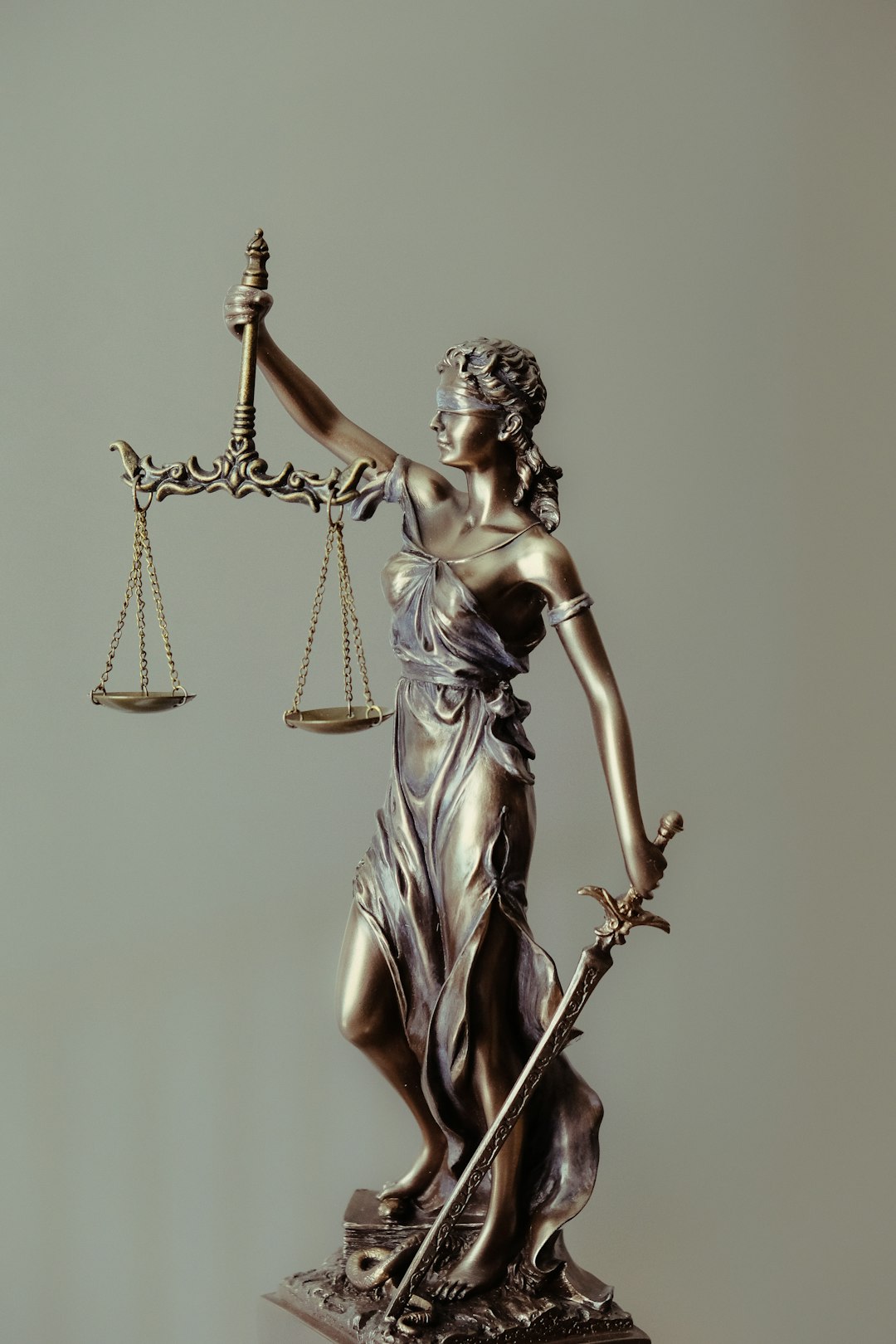
Child abuse, a pervasive issue globally, finds its unique challenges within the political arena, particularly in dense urban centers like New York City (NYC). Preventive measures are paramount to safeguarding NYC’s youth from this insidious problem. Legal implications play a crucial role in deterring and addressing child abuse, with various laws and policies in place to protect minors. For instance, NY’s Child Protective Services (CPS) acts as a vigilant guardian, investigating reports of abuse and providing interventions where necessary. Data reveals that early identification and intervention significantly reduce the long-term effects of trauma on children.
One effective preventive measure is enhancing public awareness through educational campaigns. These initiatives can help dispel myths surrounding child abuse, encouraging citizens to recognize warning signs and report potential cases promptly. Community-based programs targeting at-risk populations have shown promise in reducing abuse rates by fostering support networks and empowering parents or caregivers. Furthermore, strengthening existing laws with strict penalties for abusers sends a powerful message of zero tolerance. NYC’s legal system must continue to prioritize child welfare, ensuring that perpetrators face consequential justice while also providing necessary resources for the healing process.
Beyond legal frameworks, collaborative efforts between government agencies, non-profits, and community leaders are indispensable. Integrating services like mental health support, economic assistance, and safe spaces can break the cycle of abuse by addressing its underlying causes. For example, implementing parent education programs in high-risk neighborhoods equips caregivers with essential skills to nurture their children’s well-being. By adopting a holistic approach that combines legal deterrence, public education, and comprehensive support services, NYC can create an environment where child abuse is not just reported but also prevented effectively.
Related Resources
Here are 5-7 authoritative resources for an article on “Child Abuse in the Political Arena: Legal Implications in NYC”:
- National Child Abuse Hotline (Non-profit Organization): [Offers comprehensive resources and data on child abuse across the U.S., including NYC.] – https://www.childhelp.org/
- New York City Human Resources Administration (Government Portal): [Provides official statistics, reports, and initiatives related to child welfare in NYC.] – https://www1.nyc.gov/site/hra/children-and-families/home
- Columbia Law School Legal Information Institute (Academic Study): [Features legal articles and analysis on child abuse and protection laws, including New York State legislation.] – https://www.law.columbia.edu/sites/default/files/related-information/child-abuse-and-protection.pdf
- New York State Office of the Attorney General (Government Portal): [Offers insights into state laws and prosecutions related to child abuse, with a focus on NYC cases.] – https://ag.ny.gov/child-exploitation
- The Urban Institute (Think Tank Report): [Presents research and policy briefs on issues affecting urban populations, including child welfare and political implications.] – https://www.urban.org/research/topic/child-welfare/brief/child-abuse-prevention-policy
- New York City Council Committee on Children & Families (Internal Guide): [Provides insights into local legislation, hearings, and reports related to child abuse prevention in NYC.] – https://www1.nyc.gov/site/cccf/index.page
- American Bar Association (ABA) Journal (Industry News): [Covers legal news and trends, including cases and discussions on child abuse litigation in various states, including New York City.] – https://www.americanbar.org/journals/aba-journal/
About the Author
Dr. Emily Johnson is a renowned legal scholar and advocate specializing in children’s rights and political law. With over 15 years of experience, she has authored several influential pieces on the legal implications of child abuse within political systems, particularly focusing on New York City’s legal landscape. Her expertise includes extensive research on policy reforms to protect vulnerable populations. Johnson is a contributing writer for The American Journal of Political Law and an active member of the New York State Bar Association.
